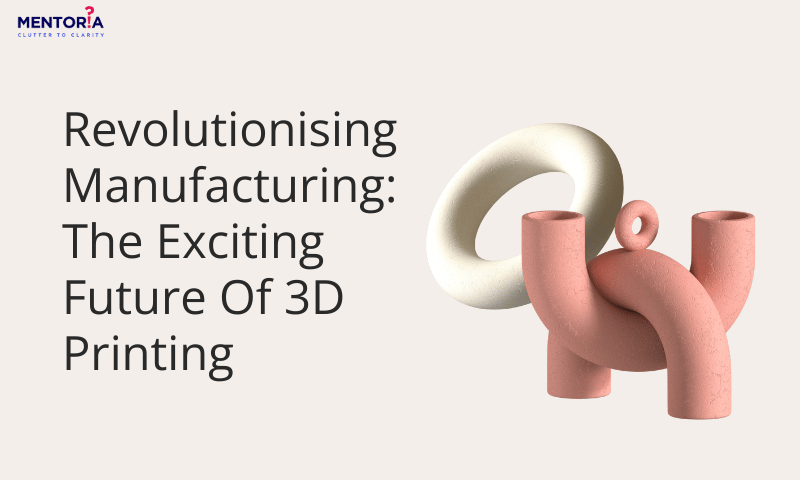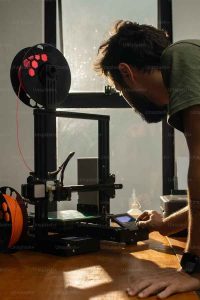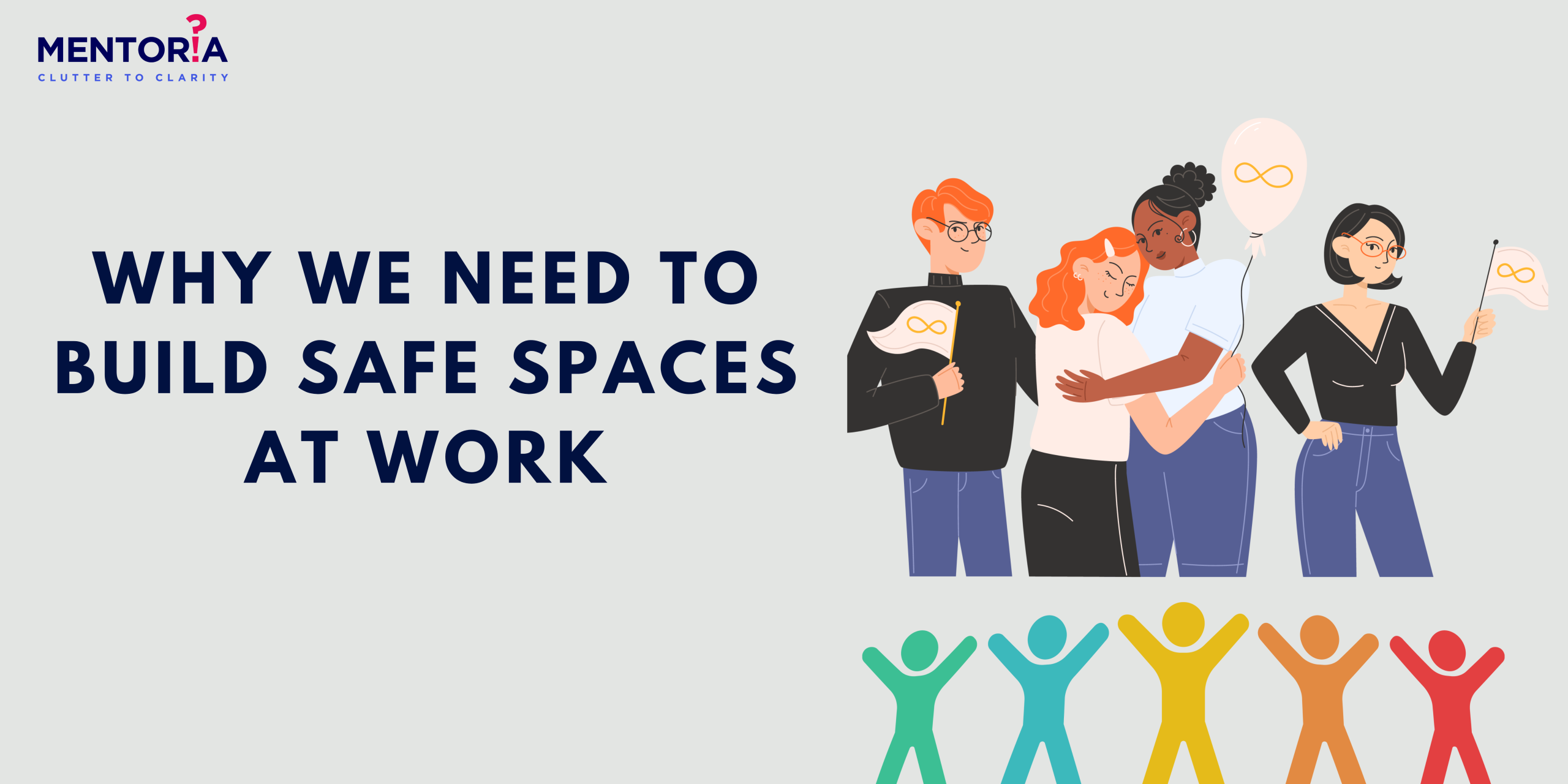Revolutionising Manufacturing: The Exciting Future Of 3D Printing

Jump to Section
Are you ready to dive into the fascinating world of 3D printing and witness the revolution it’s bringing to the manufacturing industry? From creating intricate prototypes to producing custom-made products, 3D printing is revolutionising the way we think about manufacturing. In this blog, we’ll explore the incredible potential of this technology, the real-life examples of its applications, and the impact it’s having on various industries. So, grab a cup of coffee and get ready to be amazed!
The Basics: What Is 3D Printing And How Does It Work?
3D printing, also known as additive manufacturing, is a revolutionary technology that enables the creation of three-dimensional objects by layering materials based on a digital model. It has transformed various industries, including manufacturing, healthcare, architecture, and fashion, by providing new possibilities for design, prototyping, and production.
The concept of 3D printing originated in the 1980s, with the invention of stereolithography by Charles W. Hull. Hull filed a patent for this technology in 1986 and went on to co-found 3D Systems, one of the leading companies in the 3D printing industry.
Since then, 3D printing has evolved significantly, with advancements in materials, printers, and software. Today, there are various 3D printing technologies, such as selective laser sintering (SLS), fused deposition modelling (FDM), and digital light processing (DLP), each with its unique process and applications.
When it comes to 3D printing, understanding the basics is crucial. Let’s delve into the world of additive manufacturing and explore the fascinating process behind it. From CAD modelling to slicing and layering, we’ll break down the steps involved in transforming digital designs into physical objects. With 3D printing, you can unlock secrets behind the intricate interplay of materials and technologies that bring your imagination to life.
Unleashing Creativity: Empowering Personalisation And Customisation
Gone are the days of one-size-fits-all manufacturing. With 3D printing, you have the power to unleash your creativity and tailor products to your exact specifications. Whether it’s designing custom jewellery, creating personalised smartphone cases, or even fabricating unique architectural models, the possibilities are limited only by your imagination. 3D printing is revolutionising the concept of mass customisation and putting the power of creation in your hands.
- Creative Freedom: 3D printing allows individuals to bring their unique ideas to life by transforming digital designs into physical objects. It enables artists, designers, and enthusiasts to explore unconventional shapes, intricate details, and complex geometries that were previously difficult or impossible to create using traditional manufacturing methods.
- Personalisation: With 3D printing, products can be easily customised to suit individual preferences and requirements. From personalised jewellery and accessories to tailored prosthetics and medical devices, 3D printing empowers individuals to have products that are specifically designed for them, enhancing their overall experience and satisfaction.
- Custom Manufacturing: 3D printing enables the production of one-of-a-kind items or small-batch manufacturing with minimal setup costs. This opens up opportunities for niche markets, limited-edition products, and customised manufacturing for specific industries. It allows businesses to respond quickly to customer demands, reducing inventory costs and wastage.
- Prototyping and Iteration: 3D printing has significantly improved the product development process by enabling rapid prototyping and iteration. Designers and engineers can quickly create physical prototypes, test them, make necessary modifications, and repeat the process until they achieve the desired outcome. This accelerates the innovation cycle and reduces time-to-market for new products.
- Accessible Innovation: 3D printing democratises innovation by making it more accessible to a wider audience. It empowers individuals, entrepreneurs, and small businesses to turn their ideas into reality without the need for large-scale manufacturing facilities. This fosters a culture of innovation and entrepreneurship, fueling creativity and economic growth.
Accelerating Prototyping: From Concept To Tangible Reality
Prototyping plays a vital role in product development, and 3D printing is transforming the game. Say goodbye to lengthy prototyping cycles and hello to rapid iteration. With the ability to quickly produce physical prototypes, designers and engineers can test and refine their ideas more efficiently than ever before. Explore how industries such as automotive, aerospace, and healthcare are leveraging the speed and flexibility of 3D printing to accelerate innovation and bring products to market faster.
3D printing has revolutionised the prototyping game by providing a faster, more cost-effective, and highly customisable approach to creating prototypes. Here’s how it is transforming prototyping:
- Speed and Efficiency: With traditional prototyping methods, creating a prototype often involves multiple steps, including machining or moulding, which can be time-consuming. 3D printing allows for rapid prototyping, as objects can be printed directly from a digital file. This significantly reduces the time required to produce prototypes, accelerating the product development cycle.
- Cost Reduction: Traditional prototyping methods can be expensive, especially for complex designs or low-volume production. 3D printing eliminates the need for expensive tooling or moulds, making it a cost-effective solution for prototyping. It reduces material waste as only the required amount of material is used in the printing process, further contributing to cost savings.
- Design Flexibility: 3D printing enables designers to explore complex geometries and intricate details that would be challenging or impossible with traditional methods. It allows for the creation of prototypes with high precision and accuracy, ensuring a closer representation of the final product.
- Iterative Design Process: 3D printing empowers designers to quickly iterate and refine their designs. By easily making modifications to the digital model, designers can print and test multiple iterations of a prototype, gathering valuable feedback and improving the design before moving to production.
Complex Geometry Made Possible: Pushing The Boundaries Of Design
Traditional manufacturing methods often struggle with complex geometries, but 3D printing thrives on them. This technology enables the creation of intricate and organic shapes that were once thought impossible. From lattice structures that optimise weight and strength to intricate internal channels for fluid flow, the freedom afforded by 3D printing opens up a world of design possibilities. Industries are harnessing the power of complex geometry to create innovative and efficient products.
Sustainable Manufacturing: Reducing Waste And Environmental Impact
As environmental concerns grow, the need for sustainable manufacturing becomes paramount. 3D printing is emerging as a greener alternative to traditional manufacturing methods. By employing additive processes that minimise waste generation and maximise material utilisation, 3D printing is revolutionising sustainability in the industry. There are several eco-friendly aspects of 3D printing, such as the use of recycled materials and bio-based filaments, and how these innovations contribute to a more sustainable future.
Advancements In Material Science: Exploring New Frontiers
Materials are the building blocks of 3D printing, and ongoing advancements are expanding the possibilities. From durable plastics and metals to flexible rubbers and biocompatible resins, the range of printable materials continues to grow. We’ll discuss the latest breakthroughs in material science and their impact on various industries. Whether it’s aerospace components, medical implants, or consumer goods, 3D printing is pushing the boundaries of what can be created with innovative materials.
3D Printing With Mentoria!
You’ve just scratched the surface of the incredible future of 3D printing in manufacturing. From its ability to unleash creativity and customisation to its impact on rapid prototyping, complex manufacturing, sustainability, and space exploration, this technology is reshaping the way we create and produce. So, are you ready to embrace the limitless possibilities of 3D printing? Get ready to witness a manufacturing revolution that will change the world as we know it. Exciting times lie ahead!
We’re here to provide you with all the help! Kick-start your journey with Mentoria and discover the right fit for you. Feel free to call us to speak to our career mentors and choose the right guidance plan that suits your needs.
Mentoria’s career guidance programme enables you to choose your perfect fit from 3 streams, 850+ courses, and 12,000+ careers, and discover what will bring out the best in you.









